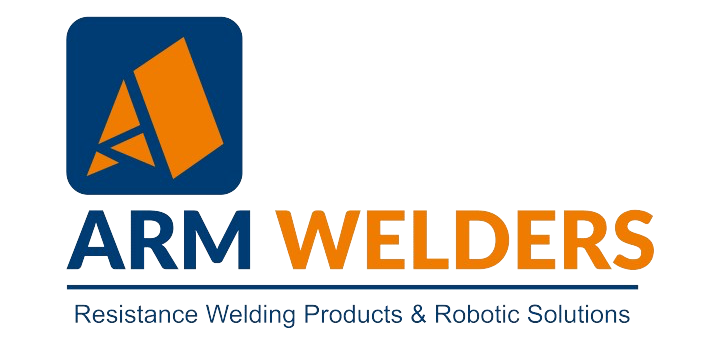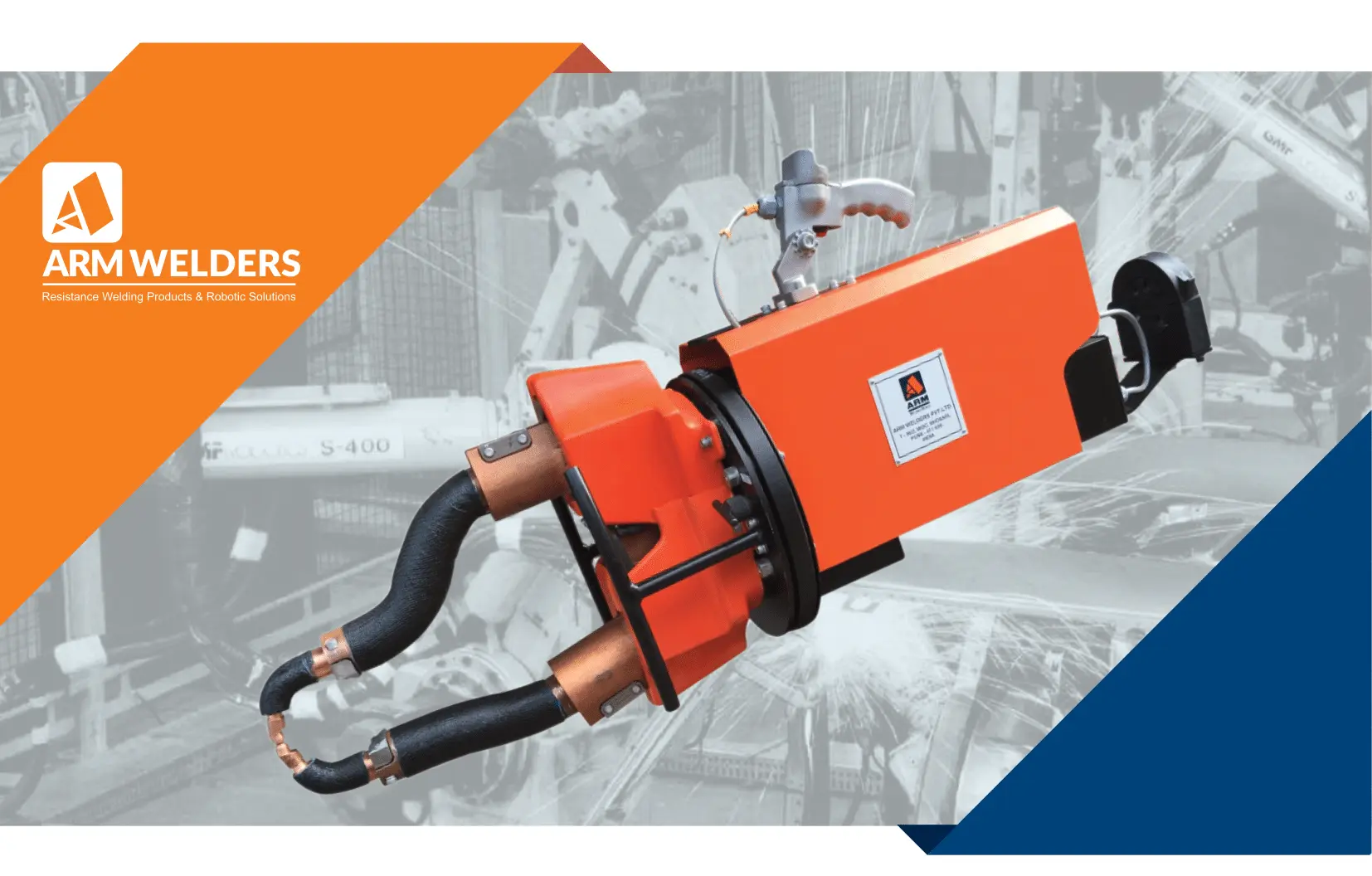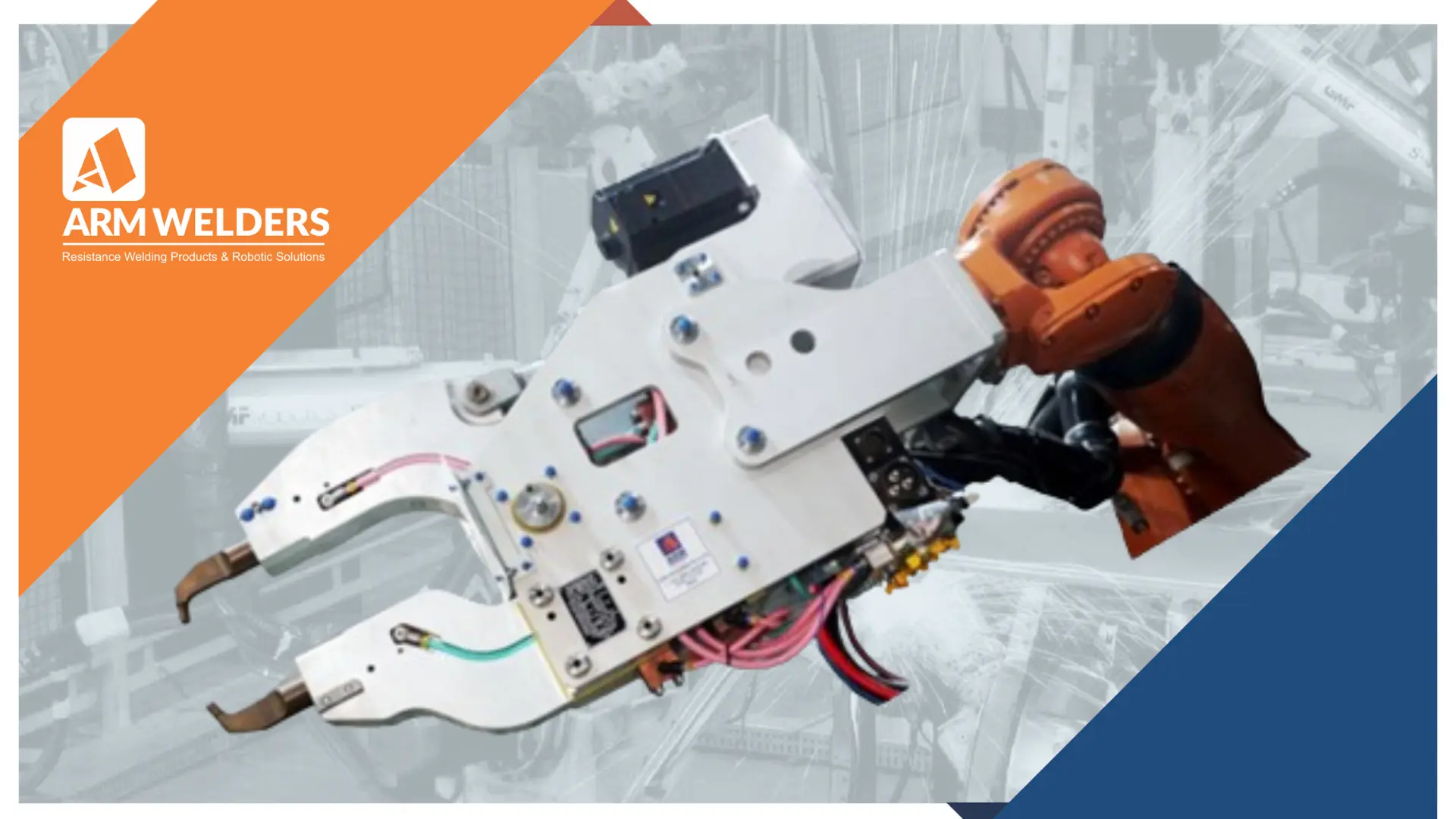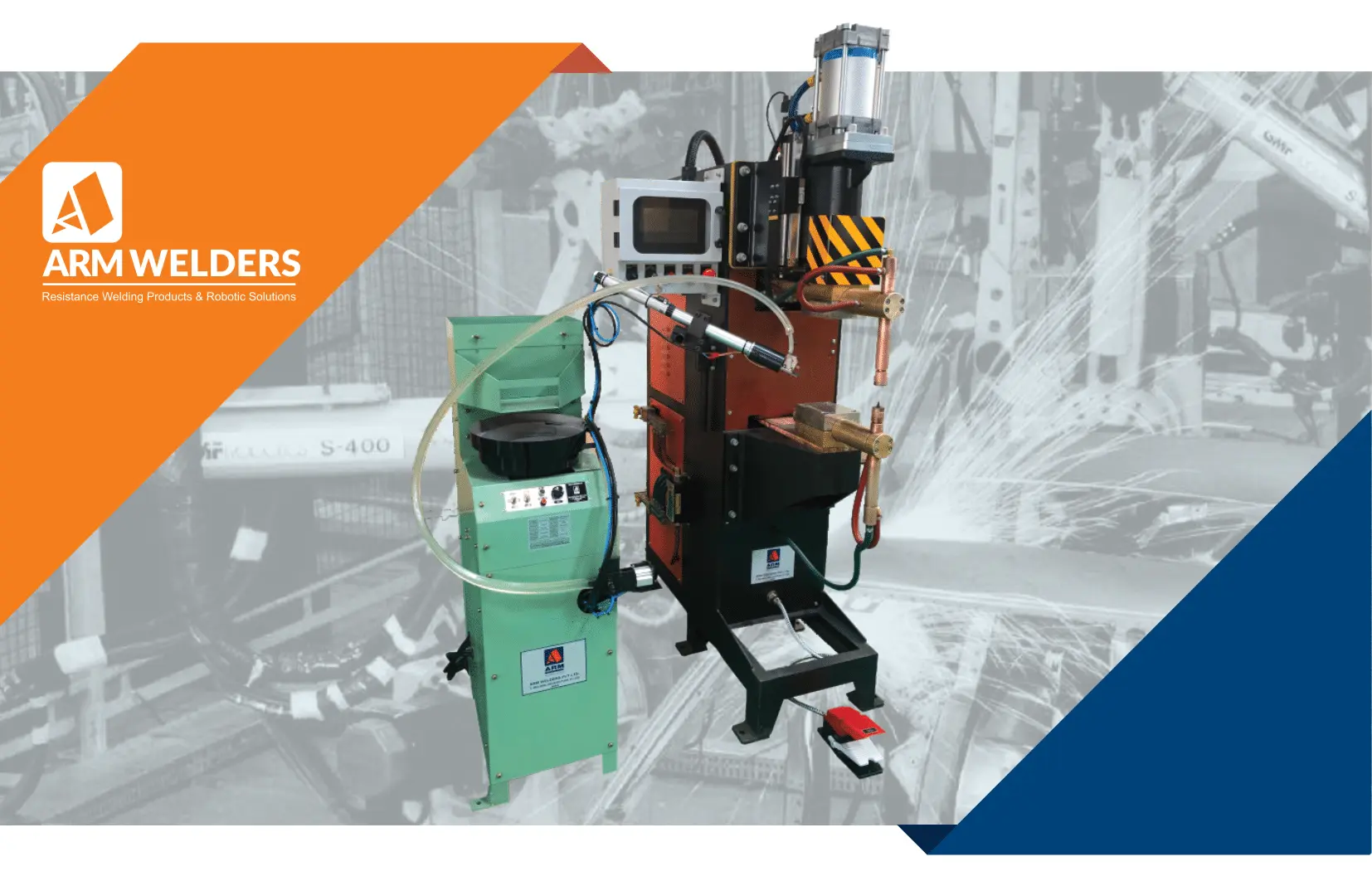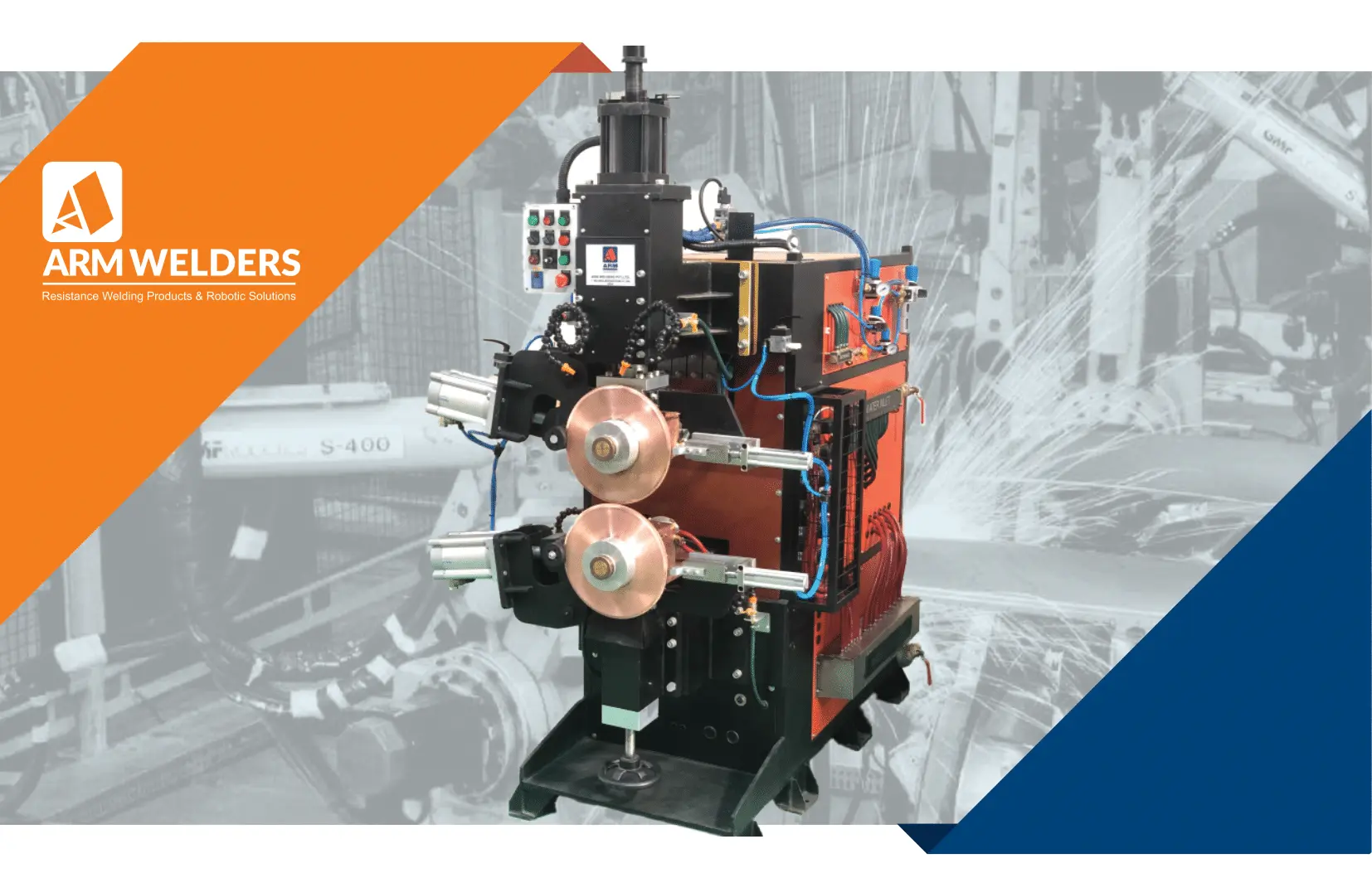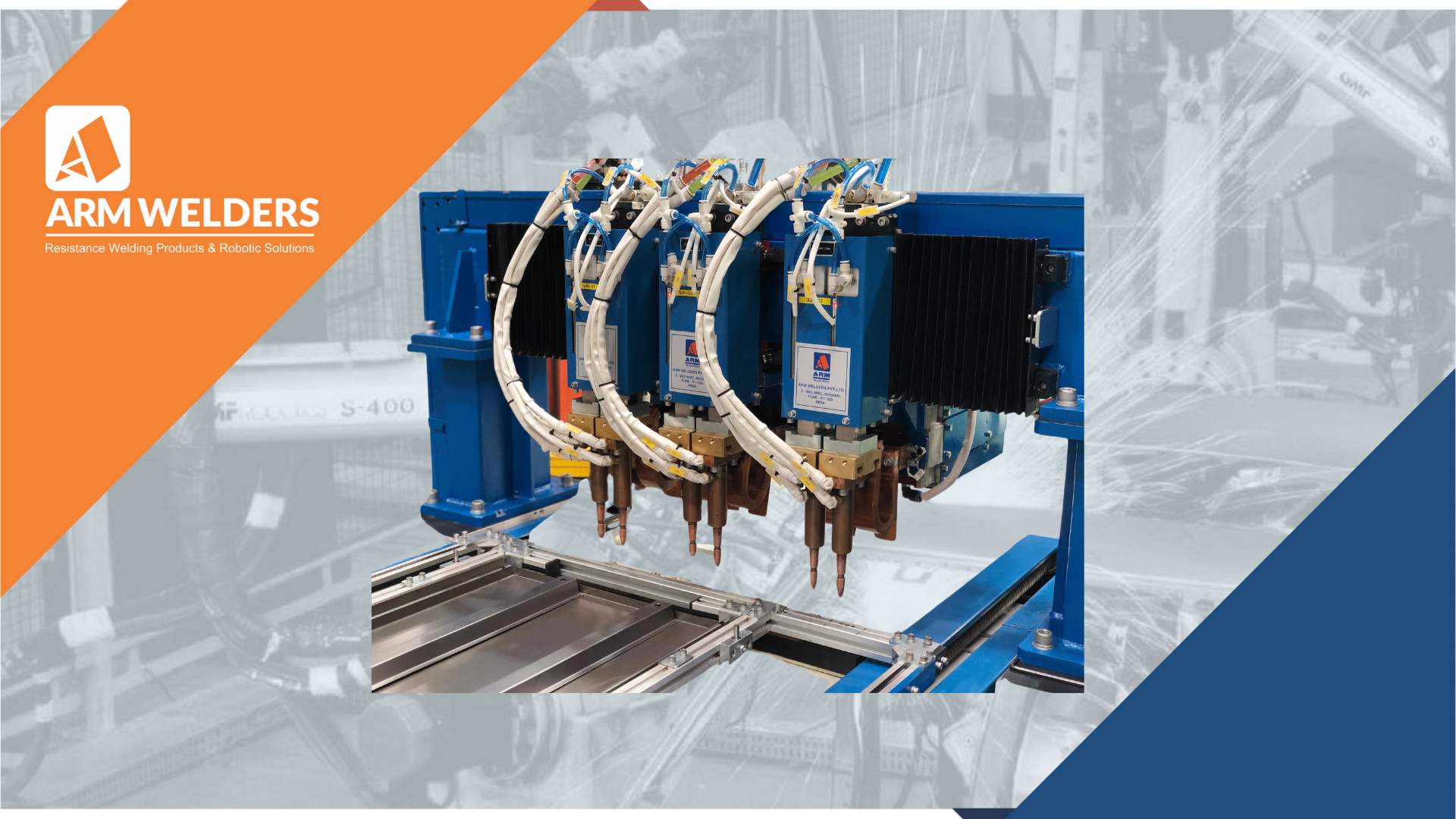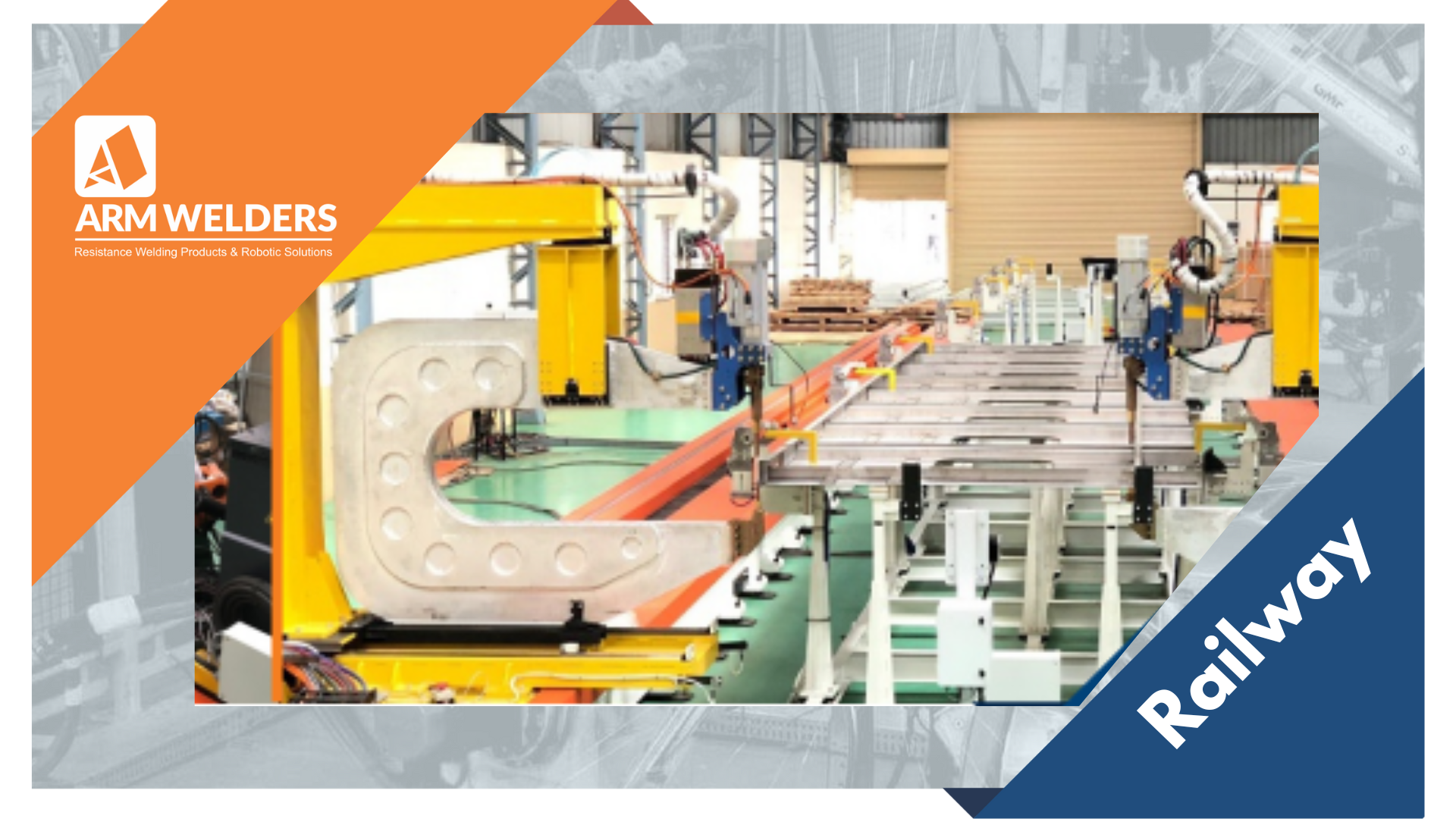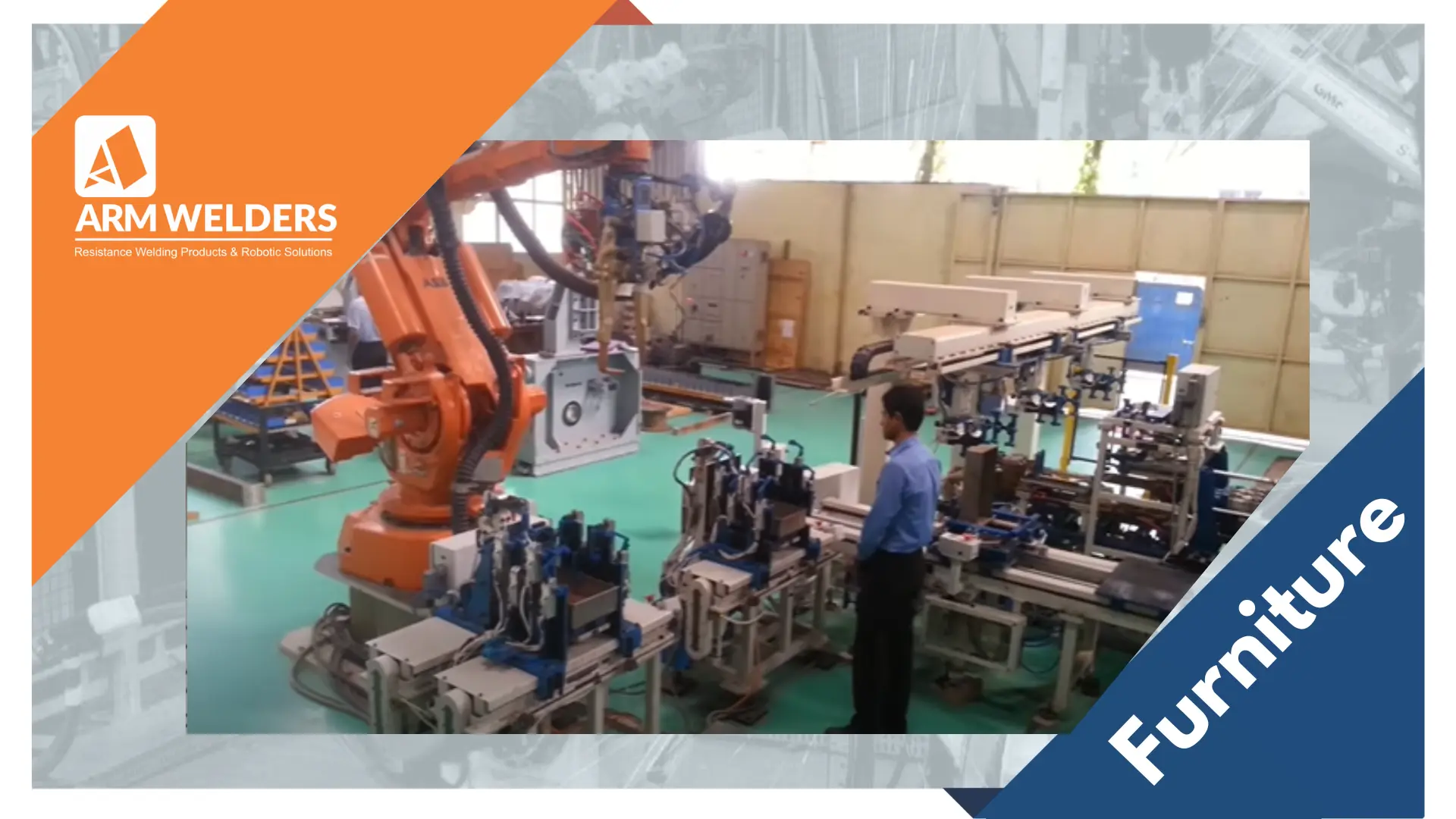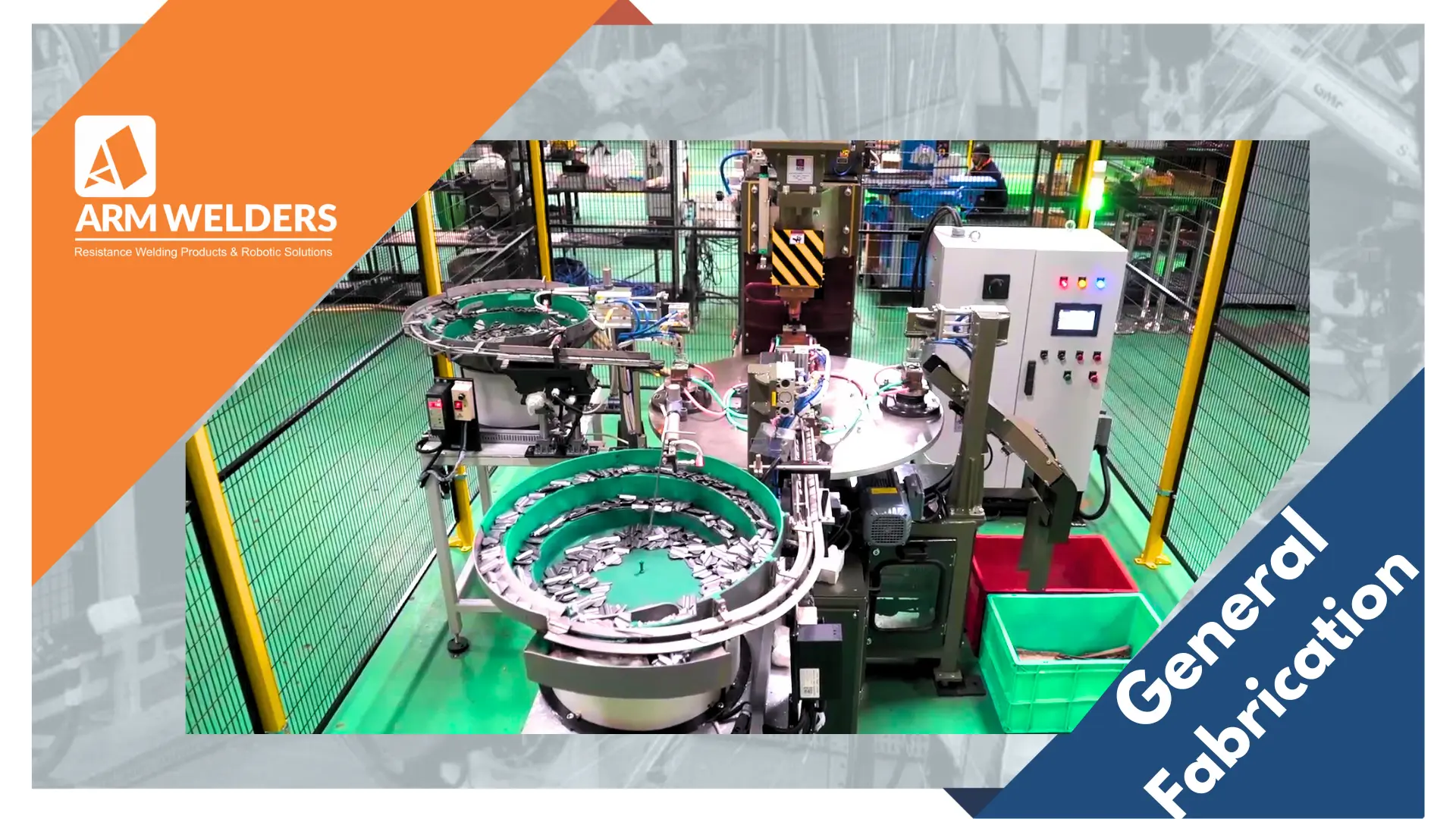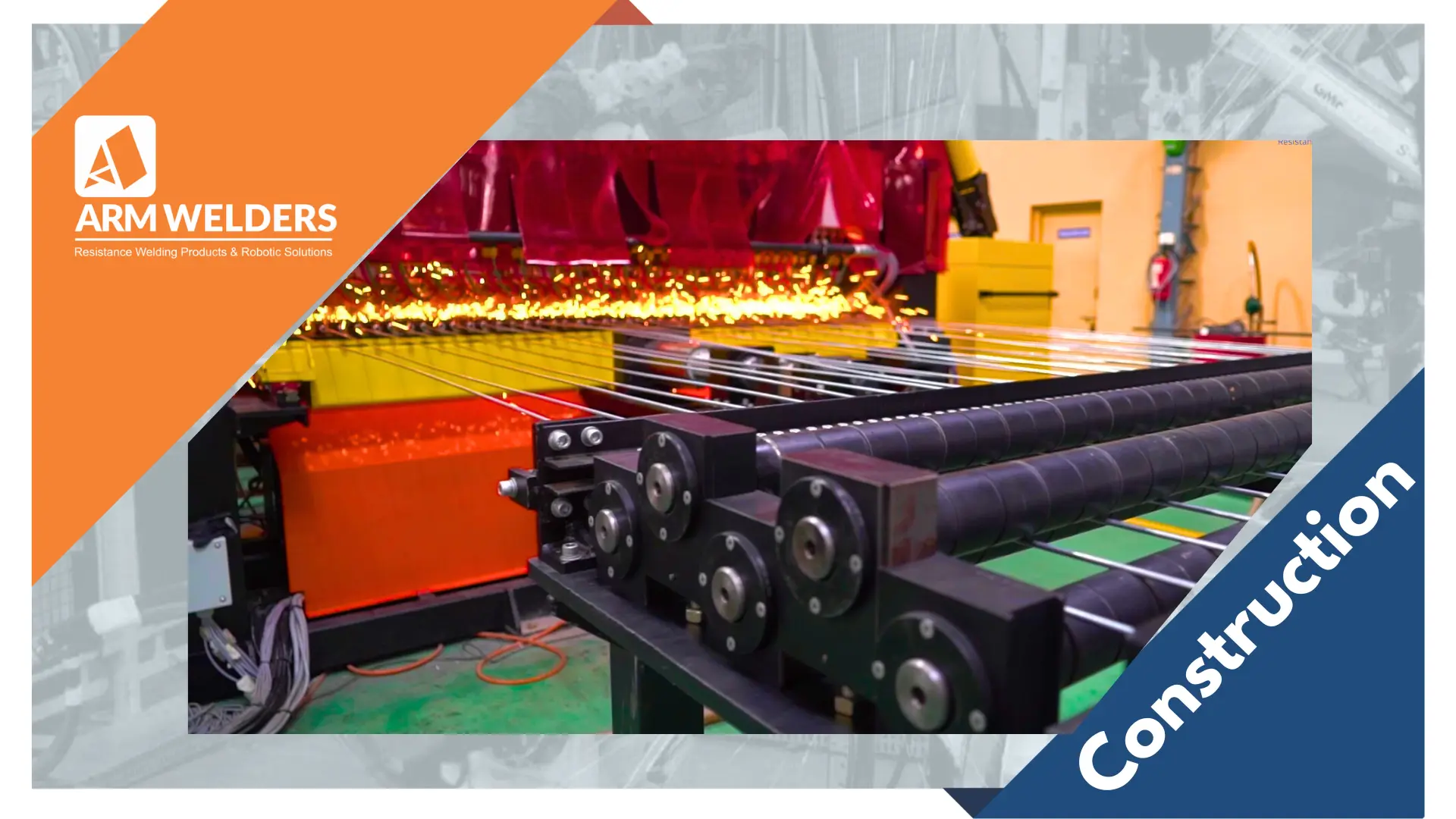In the vast world of manufacturing, efficiency and precision are paramount. When it comes to joining metals, resistance welding stands out as a reliable and effective method. From automotive to aerospace industries, resistance welding equipment finds its applications across various sectors. In this guide, we’ll delve into the types, advantages, and applications of resistance welding, providing a comprehensive understanding of this essential manufacturing technique.
Understanding Resistance Welding
Resistance welding is a process that joins metals by applying pressure and passing electrical current through the materials to be joined. The heat generated by the resistance to the flow of current melts and fuses the metals together, forming a strong bond.
Types of Resistance Welding Equipment
- Spot Welding
Spot welding is the most common type of resistance welding. It involves applying electrodes to the surface of the metals to be joined and passing a high current through them for a short duration. This melts the metals at the contact points, creating a weld spot.
- Resistance Seam Welding
Resistance Seam welding is used to create continuous welds along the length of overlapping metal sheets. Electrodes with rotating wheels or discs are used to apply pressure and current as the sheets are processed through the welding machine.
- Projection Welding
Projection welding is ideal for joining complex shapes with Multiple weld joints on a single component. It uses specially designed electrodes to concentrate the current at specific points, creating weld projections that facilitate the joining process. The machines require high forces and current to ensure high quality joints.
- Flash Welding
Flash welding is a high-energy process used for joining large or thick metal components. It involves rapidly heating the ends of the materials until they reach a molten state, then forging them together under pressure to create a solid weld.
Advantages of Resistance Welding
- Speed and Efficiency
Resistance welding is a fast process, making it ideal for high-volume production. It eliminates the need for external additional materials such as welding rods or flux, reducing both time and cost.
- Strong and Reliable Joints
The welded joints produced by resistance welding are highly durable and consistent. They exhibit excellent mechanical properties, including strength, toughness, and fatigue resistance.
- Clean and Environmentally Friendly
Unlike other welding methods that may produce smoke, fumes, or slag, resistance welding generates minimal emissions. This makes it a cleaner and more environmentally friendly option for manufacturers.
- Versatile utilisation
Resistance welding can be used to join a wide range of metals, including steel, aluminium, and copper alloys. It is suitable for various applications across diverse industries.
Applications of Resistance Welding
- Sheet Metal Industry
Resistance welding is extensively used in the automotive, Furniture, Sheet metal panels in different sectors of industry for joining body panels, chassis components, and electrical connections. It provides strong and reliable bonds essential for vehicle durability and safety.
- Rod / bar welding
In Construction and wire mesh Industry, resistance welding process increases the speed, lowering costs and ensuring automation process enabling high productivity.
Conclusion
Resistance welding equipment offers manufacturers a reliable and efficient method for joining metals across various industries. With its versatility, speed, and strength, resistance welding has become a cornerstone of modern manufacturing processes. By understanding the types, advantages, and applications of resistance welding, manufacturers can harness its power to drive innovation and productivity in their operations.
Arm Welders specializes in manufacturing of resistance welding equipment that cater to the quality, efficiency and productivity of all sectors of manufacturing that employ resistance welding process. Our training cell imparts knowledge and training on welding process and use of these equipments. For more information on training and understanding, please contact us.
